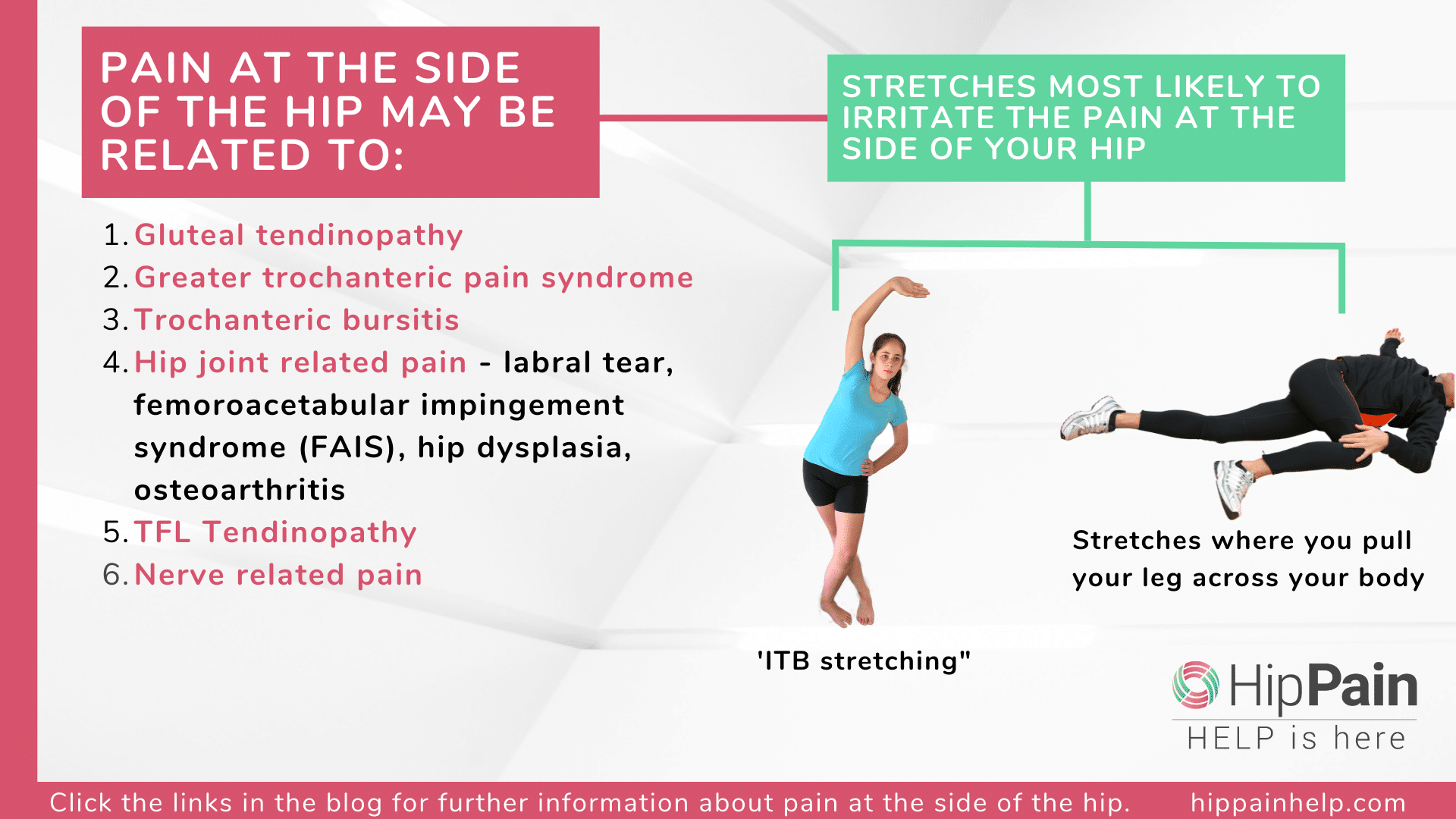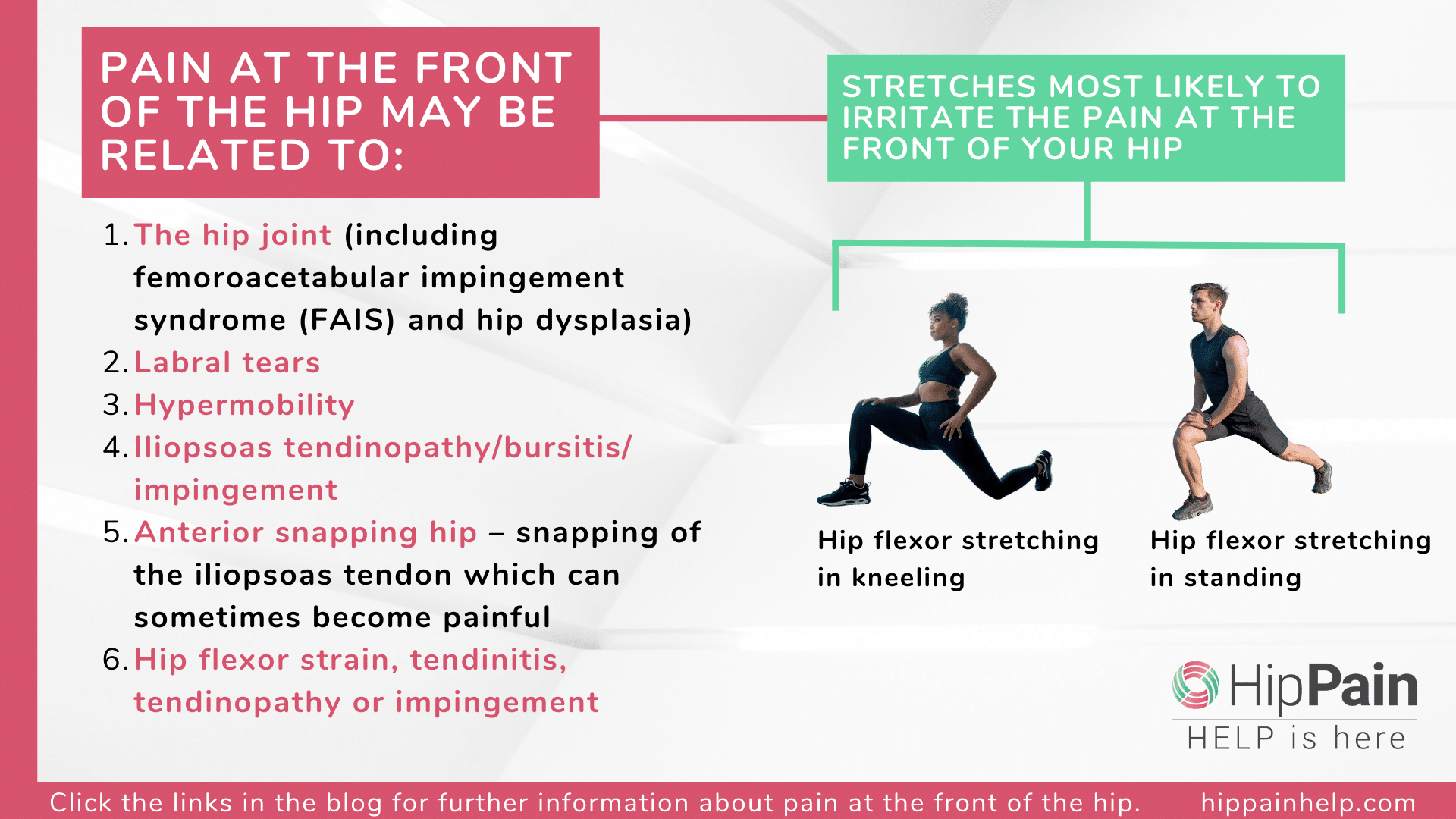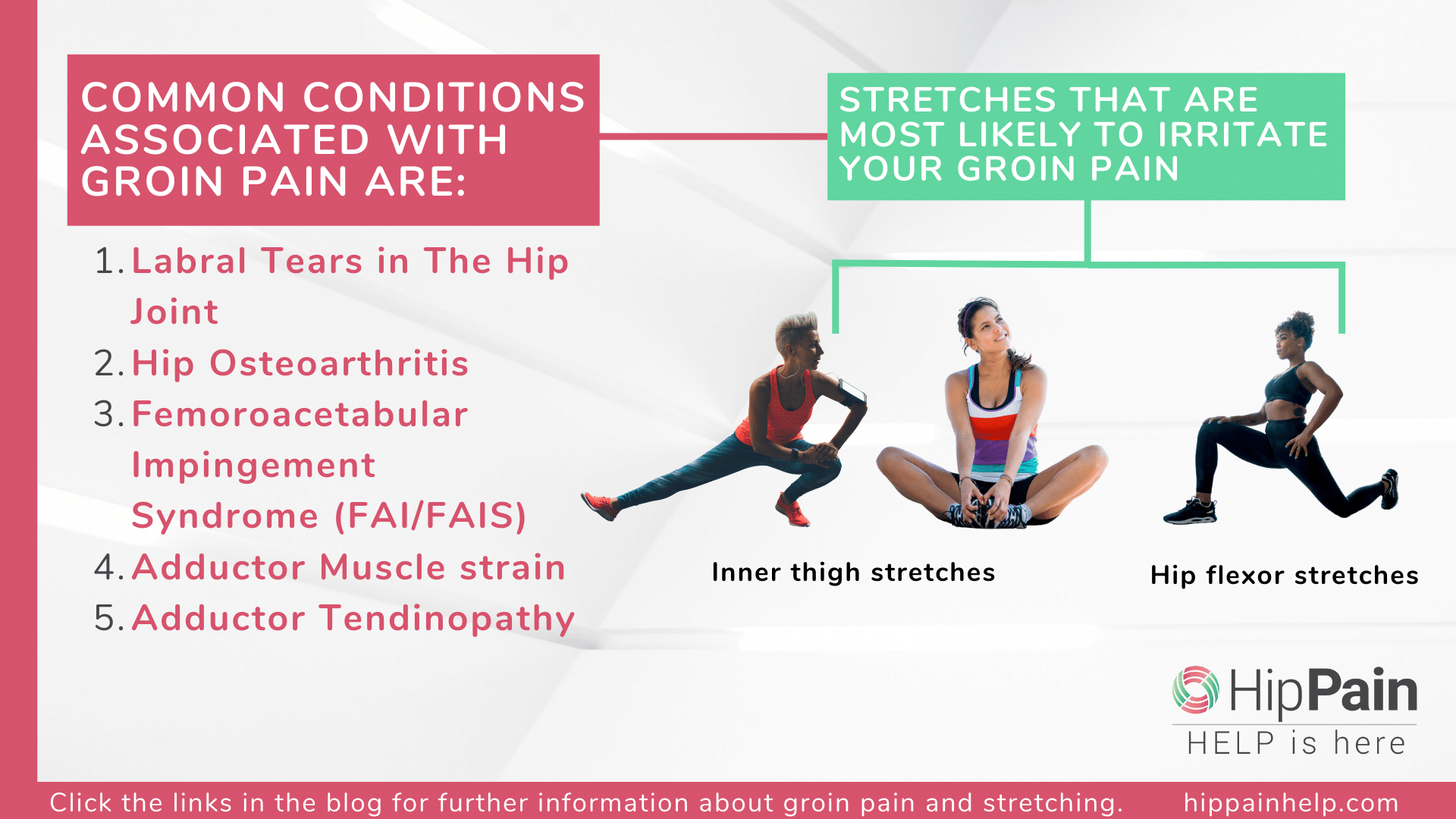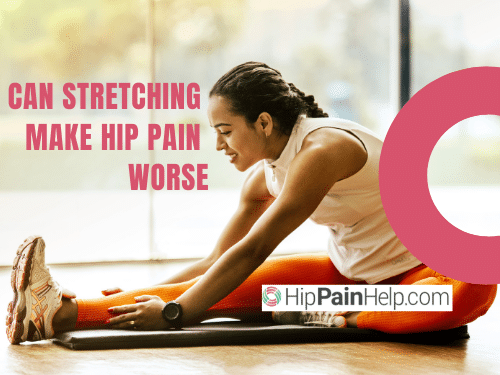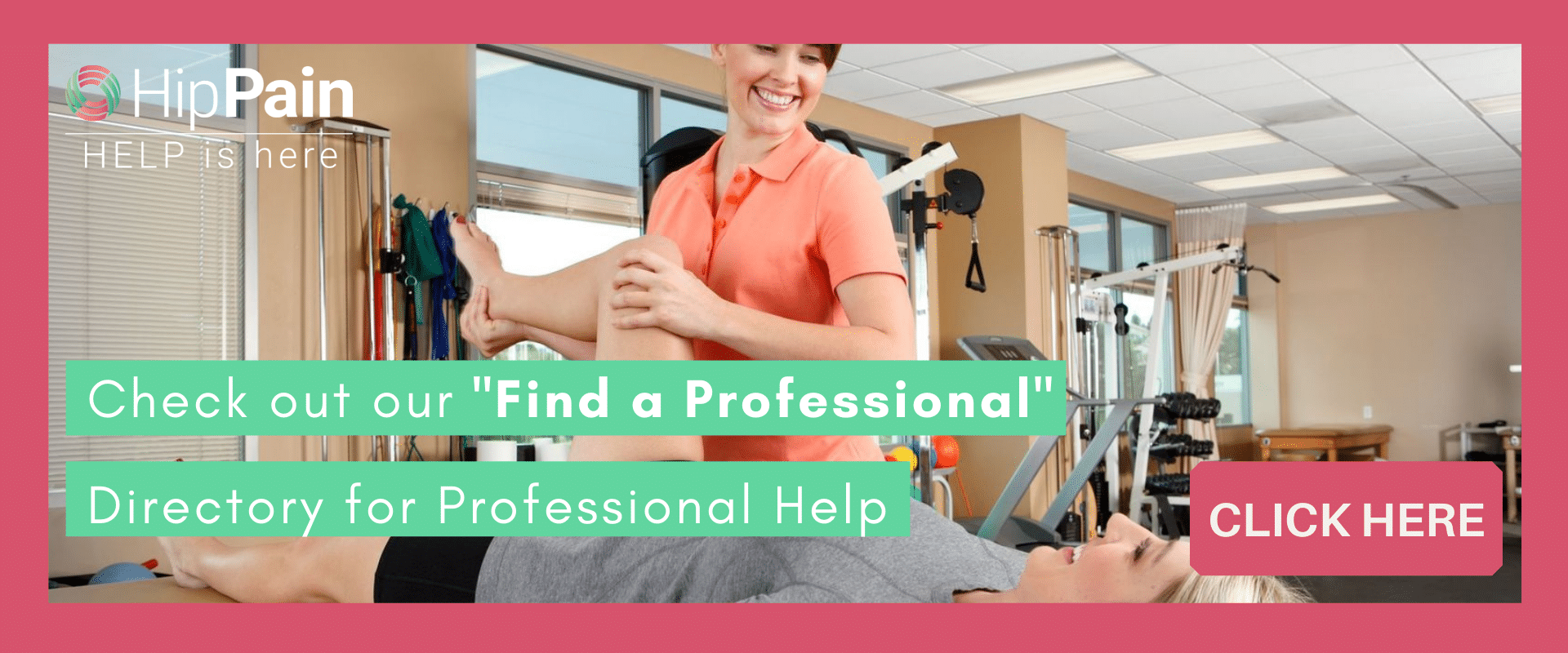You might be thinking, ‘If I can’t stretch, what can I do to help my sore, tight muscles?’ Many people are surprised to find out that sore, tight muscles are quite often weak muscles or muscles that are working overtime to compensate for weak neighbours. One of the most helpful things is usually improving muscle strength and coordination, and particularly working on ‘eccentric strength’ – strengthening into a lengthened muscle position.
What about massage? Massage can help to reduce muscle soreness and the feeling of tightness. Once again, this is usually only a short-term effect, but can assist with controlling pain in the early stages of your rehabilitation while you work on your exercise program. Care must be taken – aggressive massage can be provocative too, so always communicate with your therapist and avoid overly aggressive home massage with balls, foam rollers and other self-massage devices! A good old hotpack can also help to ease those sore, tight muscles. You can check out these wonderful lightweight lupin seed hotpacks that hold heat for longer by clicking here.
Need some help? Our Hip Pain Professionals can assist in getting to the bottom of these sore muscles and develop you an individualised exercise program and provide specific advice for you around stretching for your particular condition.





